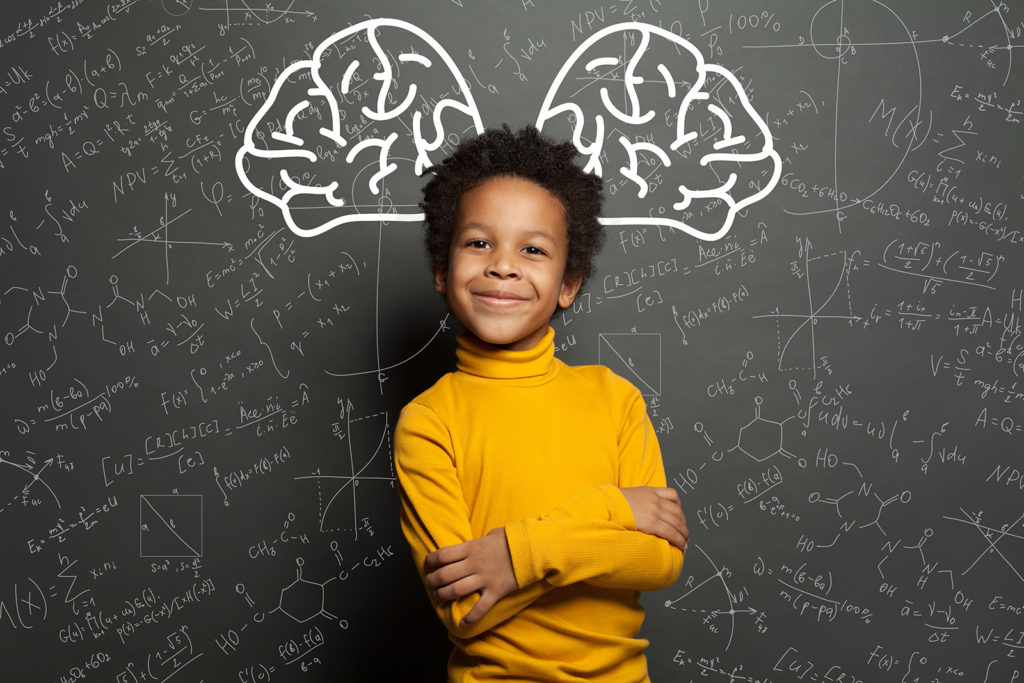
Our brains begin to mature long before we are born. Our brains continue to develop most of our lives—however, brain maturity differs from one individual to another.
This should not come as a shock; when we know our bodies grow at different rates. Puberty is reached at different ages, and people reach emotional maturity at different ages. Why would we expect our brains to be any different? Having a classroom full of children of the same age or siblings of the same age does not mean that they are equally ready to learn about a specific topic or skill. It is also worth mentioning that different brain functions mature at different times.
All children need to be challenged to benefit from teachers. However, teachers must be careful to neither instruct above or below the maturity level of a child’s brain. By not teaching at the student’s brain maturity level, teachers can face problems in the classroom. Children may act out, be avoidant, challenge authority, and show aggression towards other students. For example, a child can have advanced verbal skills but might develop gross and fine motor control at a slower rate. Other children might be advanced physically but might be emotionally immature. We need to understand better how our brains mature and the characteristics of each level of brain development.




